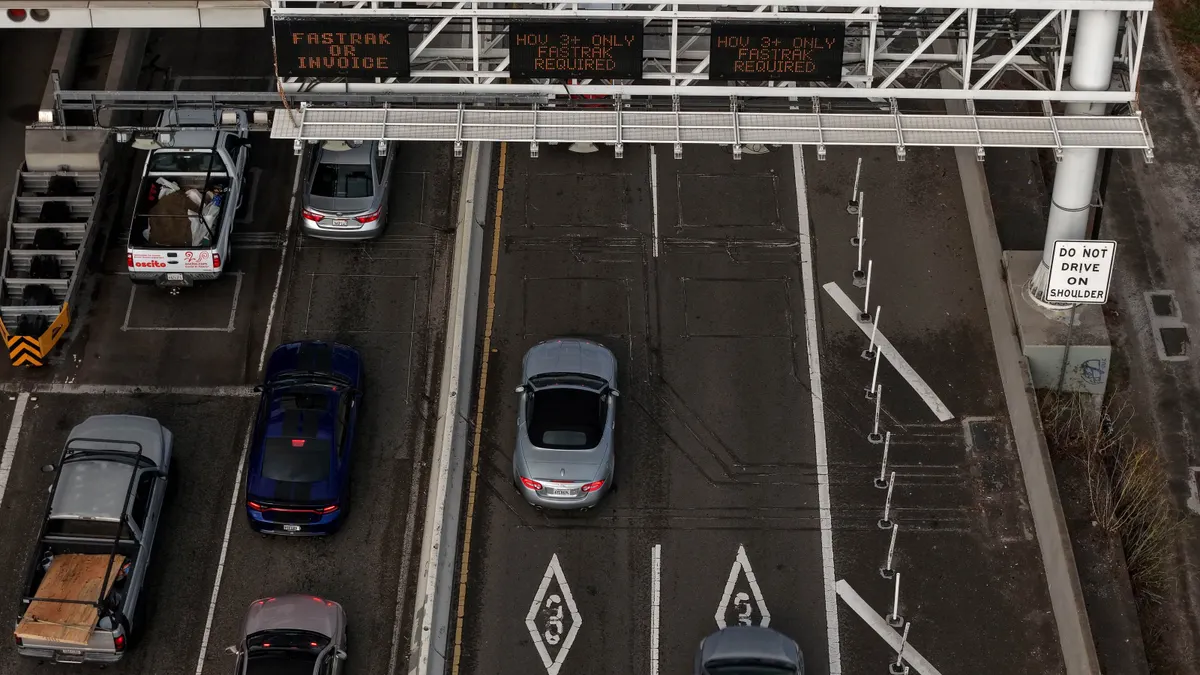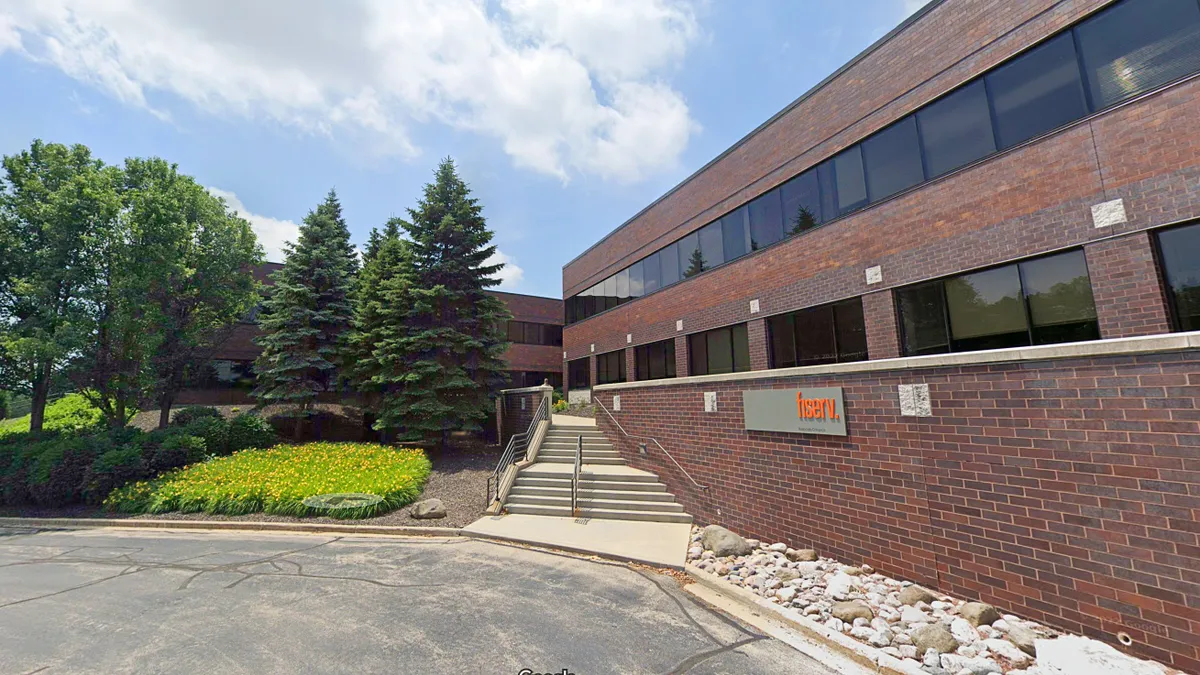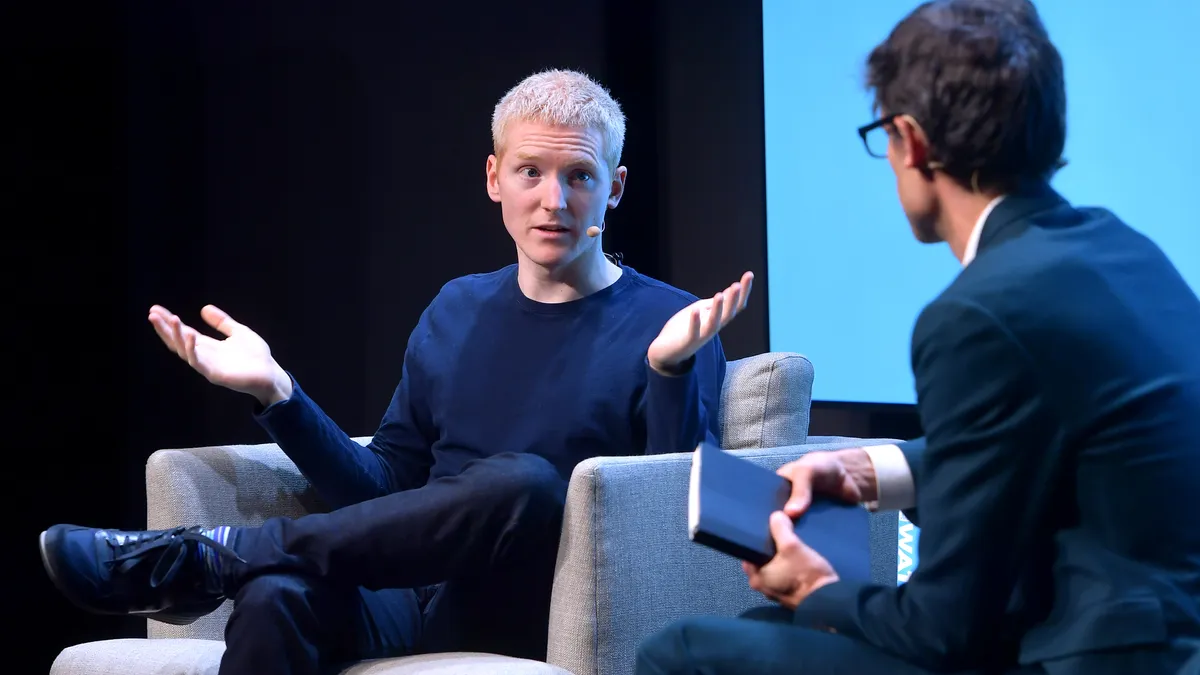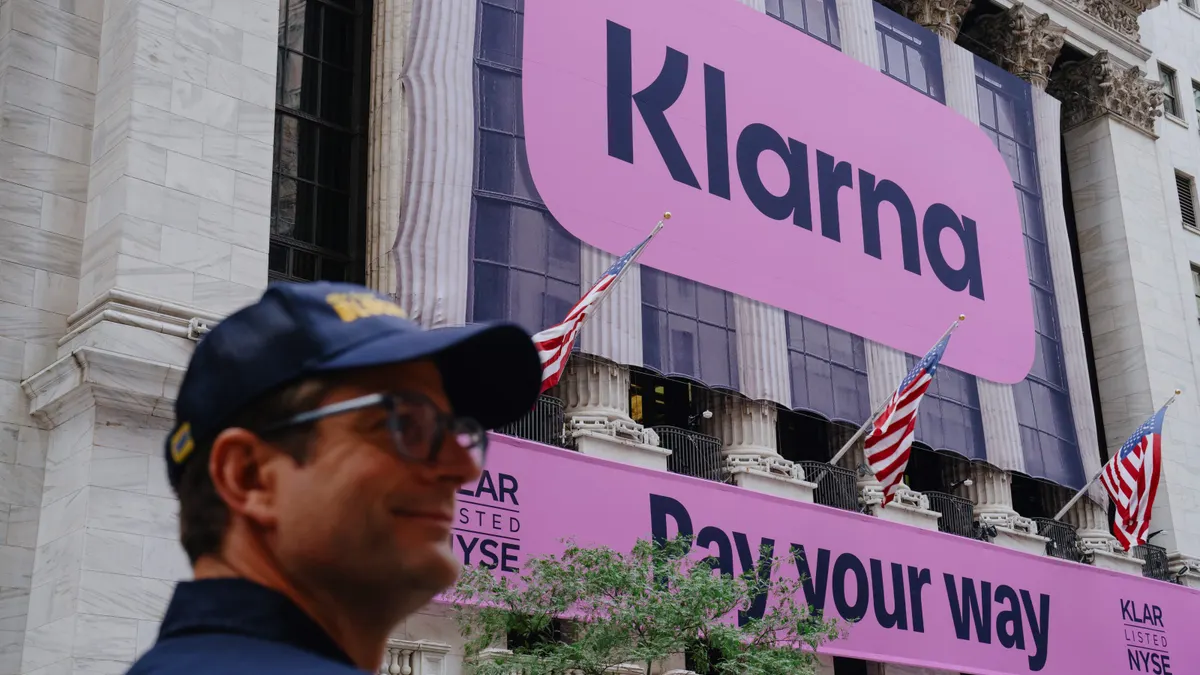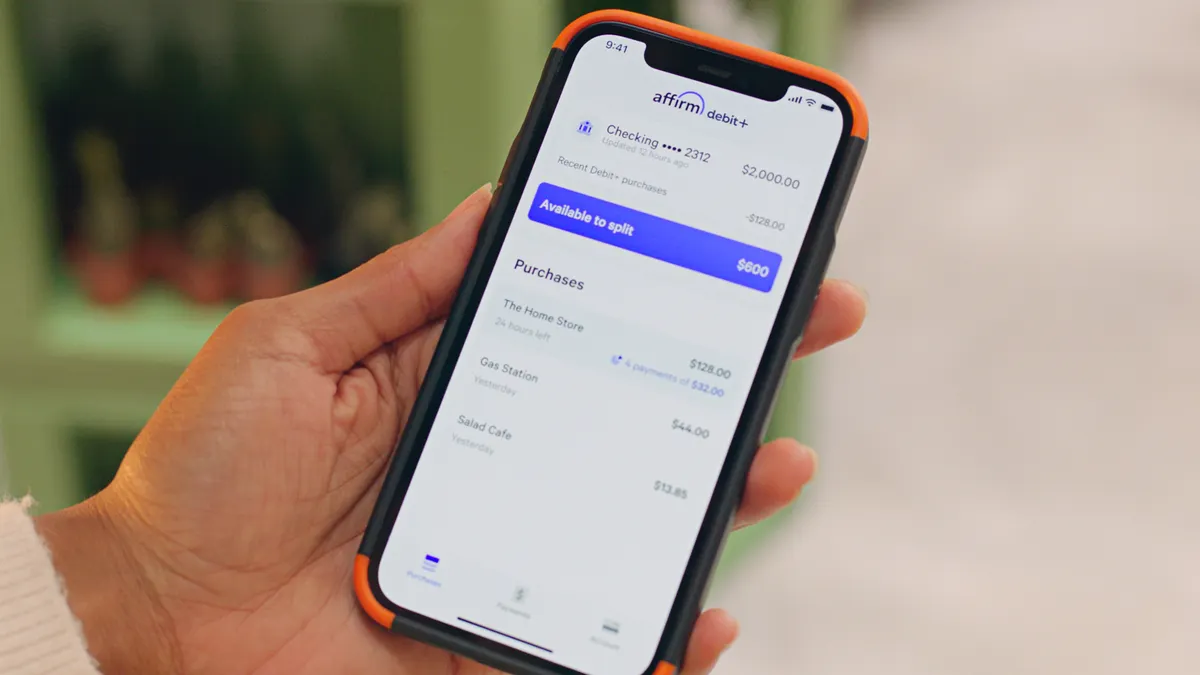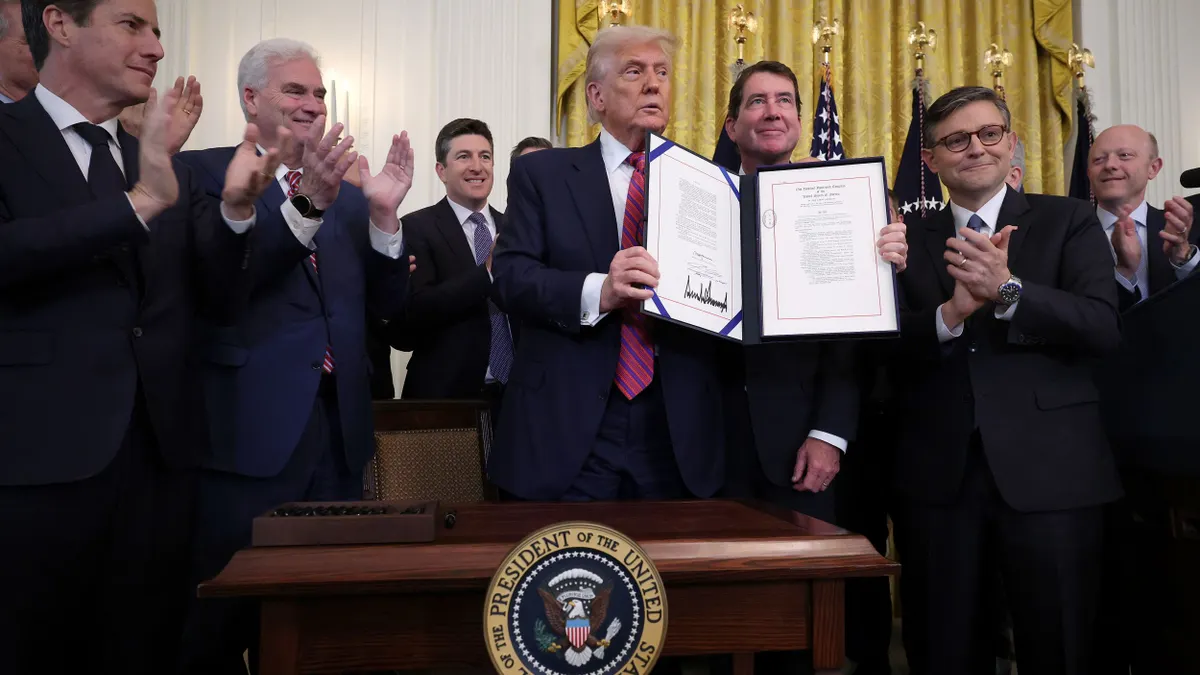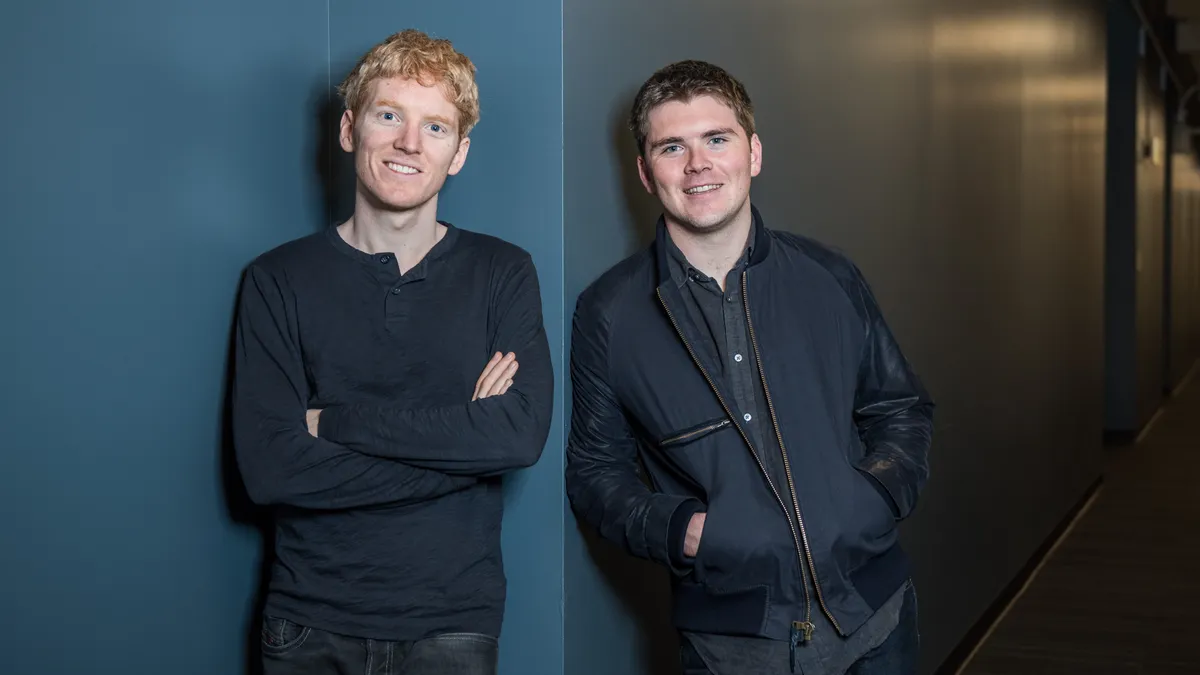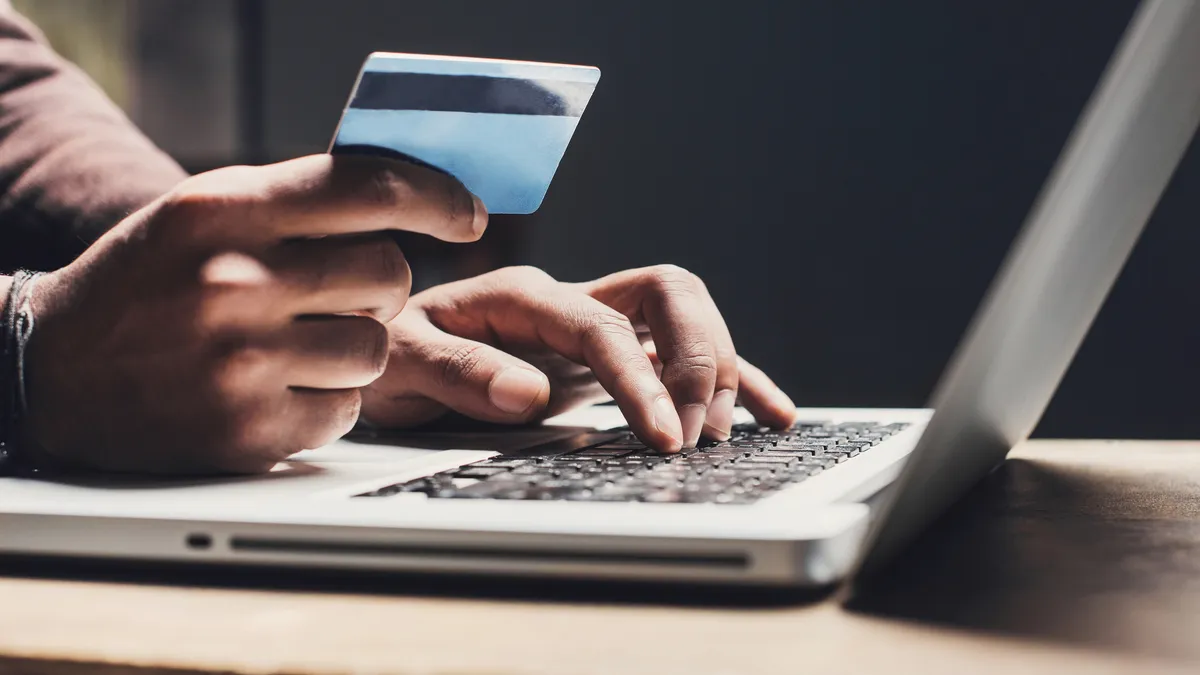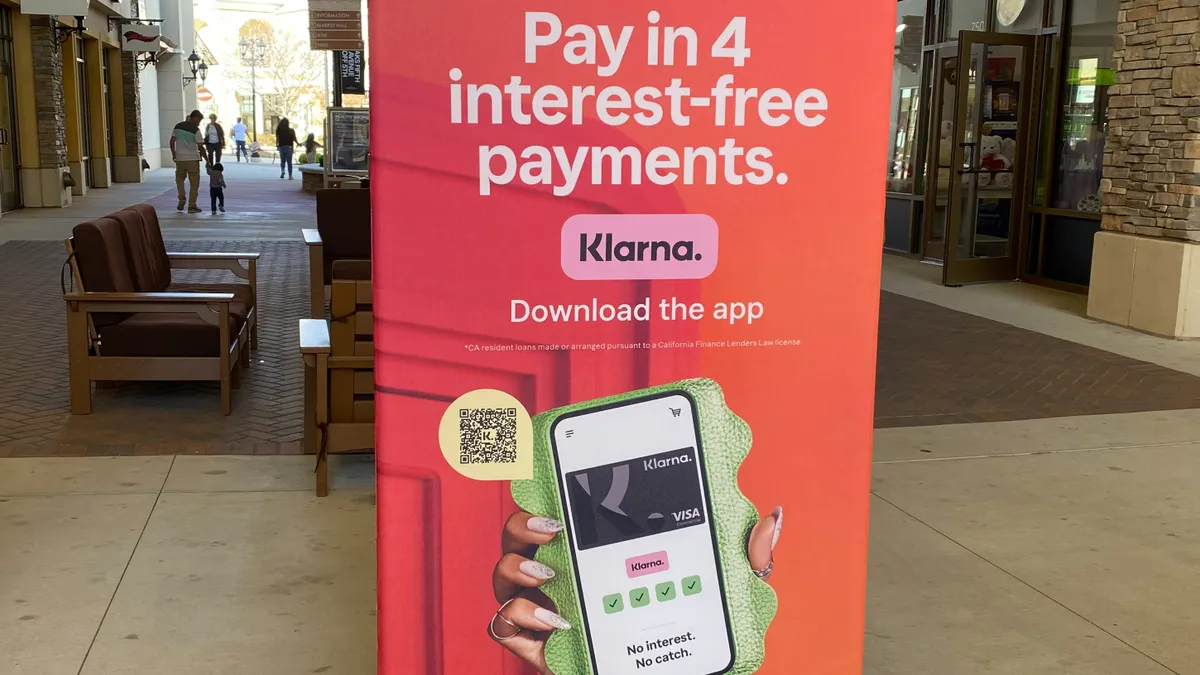Some Volvo drivers in North Carolina will soon be paying for their highway tolls without a transponder box as part of a program to test embedded in-car payments, according to a state release last month.
Volvo Car USA and the North Carolina Turnpike Authority will launch a pilot program Nov. 20 with as many as 100 drivers paying tolls through technology embedded in their cars’ Google infotainment system.
Drivers will enter their payment card details into the Android-based infotainment system. The card, which will be tokenized, will then be charged directly, rather than through a pre-paid toll transponder account, when the vehicle is geolocated passing through a toll.
The card network Mastercard will process the payment, send approved transactions to the turnpike authority, and the NCTA will update license plate transactions in its back-office system.
In addition to Mastercard, tech giant Microsoft, Red Hat Software and the professional services firm Cognizant are assisting with the test program.
Any Volvo with the Google system, which was implemented in some vehicles in 2022 and became standard in Volvo’s models in 2023, is eligible to participate.
For now, the pilot focuses on toll payments, but eventually the tokenized approach to vehicle payments will cover “everything, everywhere you take your car,” NCTA Executive Director James “J.J.” Eden said in a Sept. 26 interview.
Eventual vehicle-payment destinations will include parking garages, car washes and restaurant drive-thru lanes, Eden said, estimating that a wide shift to embedded vehicle payments could start becoming common within five years.
Embedding payments into a vehicle’s infotainment system solves several problems, Eden said. Specifically, transponders operate on a radio frequency band that’s congested and therefore prone to interference. Additionally, tolling infrastructure is aging and extremely expensive to maintain and replace, Eden said, citing overhead gantries and roadway sensors to detect vehicles.
“Going to an in-car payment system, the car knows what it is. It knows where it is. It knows the customer data,” said Eden, who co-founded Delaware-based E-ZPass Interagency Group, the nation’s largest tolling system, in 1987. The E-ZPass program serves 35 million customer accounts in 20 states, collecting $13.8 billion in electronic toll payments.
Switching from the current system of gantries, transponders and sensors will lead to tens of millions of dollars in infrastructure savings, he said. That savings, in turn, can be allocated to other aspects of transportation infrastructure, such as better highways, he said.
“If you don't have the transportation infrastructure, then you don't attract industry and the jobs go away,” Eden noted. “This system is just trying to make that easier.”
Volvo is developing the tolling app and plans to make it available for free to other automakers that use Google for their infotainment systems, Jim Nichols, Volvo’s vice president of product technology and consumer offer, said last week in an interview. Those manufacturers include Ford Motor, General Motors, Honda Motor and Nissan Motor.
“It shouldn't be a different app for every different car because it’s inefficient for NCTA,” he said. “NCTA kind of opened up this innovation, so we came to the table and said, ‘We're not going to put it in a walled garden.’”
Over the past two years, embedded payment technology has been incorporated by Mercedes-Benz for cars sold in Germany, where the in-car systems can pay for fuel at 3,600 gas stations. About 500,000 BMW drivers in Germany can use that automaker’s version of the technology to pay at gas pumps and parking meters.
Ford, GM, Honda and Nissan did not respond to inquiries about their interest in adding the payments technology.
“What it comes down to is, how can we provide a better experience for the customer, an experience that’s better than what is currently available today?” Nichols said of pay-by-car. “Tolling is probably the biggest no-brainer, because it's a transaction that happens while the vehicle is moving.”
Giving drivers the ability to pay at a Starbucks drive-thru isn’t a priority for Volvo, Nichols said.
What’s more interesting to the Swedish automaker, he said, is that abandoning the transponder system could allow the carmaker to experiment with different windshield coatings that presently would interfere with reading a transponder. But the Starbucks example is “in the realm of possibility,” Nichols said.
“That’s where you have a company like Mastercard that is working on the infrastructure and the use case, and if the customer comes to us and we can show that it’s a more convenient way to do it via the car, we would certainly entertain it,” Nichols said.
The pilot is part of a broader global strategy to create frictionless urban mobility solutions, Chapin Flynn, Mastercard’s global urban mobility lead, said in a press release about the pilot.
The card network’s vision for the evolution of embedded auto payments is far-reaching: Flynn expects the systems will eventually tie into artificial intelligence in the car, wherein a motorist could have their car order a beverage at the next coffee shop. The system would then calculate the arrival time to ensure the driver arrives to a hot cup of joe.
“You just pull up, your car has already taken care of the order and the payment, and it’s ready to go,” Flynn said in the statement.


